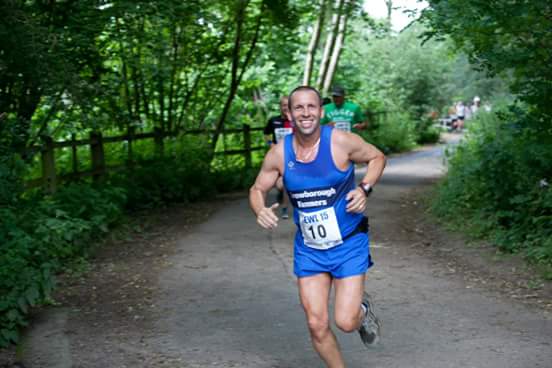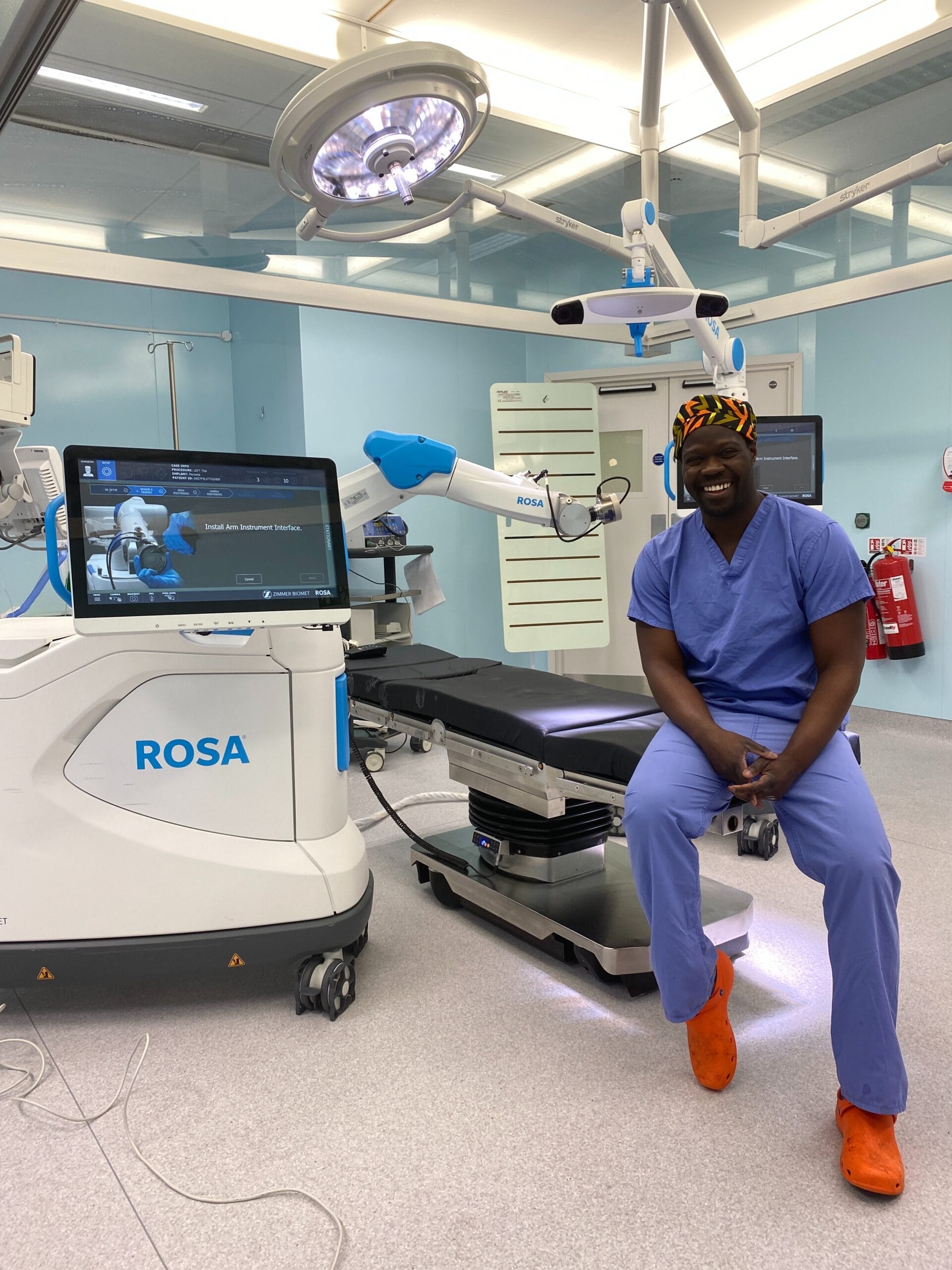You’re home and can’t quite believe it’s all over!
If all’s gone to plan, you only spent two nights in hospital with your total hip replacement (THR) and three with your total knee replacement (TKR).
The last thing we want you to feel is cut off from the expert advice you enjoyed whilst an in-patient at the Horder Centre, so we would urge you to monitor your progress closely and if there’s anything worrying you, please call. We’ll get back to you within the day, but remember also that the question and answer section towards the back of your information booklet will cover most topics. Use your booklet as a guide, not everyone will progress at the same rate. However, if you set yourself realistic, achievable goals, then little by little, you will see an improvement.
Swelling
Often, particularly with TKRs, it is the swelling that can hold you back from completing your exercises, so give your joint a chance to settle, have a rest every day, take your pain killers and anti-inflammatories if you can tolerate them and be patient. Gentle massage around the swollen area, following TKR can help, but do not use creams until the wound is completely healed. It will take the soft tissues around your joint at least six weeks to heal, before you can hope to gain in strength, so just stick with the exercises we have given you. The secret is finding the balance between exercise and rest, so ‘listen’ to your joint.
Walking sticks and crutches
Don’t be in too much of a hurry to give up your walking sticks/crutches- make sure you can walk as well with one aid as you can with two and hold it on the un-operated side to keep you upright and symmetrical. This only applies to patients who are allowed to fully weight- bear. You will have been told while in hospital if this isn’t the case. By the time you come back to see your surgeon, you’ll probably be walking with just one stick indoors, but remember when out on a walk that you’ve got to get back from where you’ve been, so don’t be too ambitious. After a while, and it will be different for everyone, you’ll start doing the stairs one after the other, probably finding it easier to go up before coming down.
By the time you come back to see your surgeon, you’ll probably be able to achieve this quite well. With the knee patients it depends on your knee bend, so keep those exercises up!
Pain relief
You’ll find that gradually you’ll need less and less pain relief, perhaps still needing them first thing in the morning to get going and last thing at night to help you settle. Time your exercises around your pain relief to enable you to do your best.
You can use the ice pack as a means of pain relief, but make sure you only leave it on for 10-15 minutes maximum, giving the skin a rest of at least an hour between applications.
Returning to normal activities
Gradually you’ll return to normal day to day activities. After 6 weeks you may well be able to manage without gadgets you may have been issued with, such as a raised toilet seat, frame, perching stool and bath board for the bathroom.
Driving
However tempting, please remember no driving for 6 weeks, and before you take to the open road, try to practice an emergency stop in a quiet safe place.
Playing golf
The golfers amongst you should resist playing for 3 months, using only a half swing once you start, while the new joint gets used to the twisting action.
Swimming
The water babies, who’d like to get back to swimming, will find that a front/ back crawl leg kick is easier than going into a full breaststroke kick. Make sure your wound is completely healed before you begin swimming again.
Gardening
Our green- fingered patients, whose gardens are calling, will find that using long handled tools initially will be necessary, but kneeling will be possible again once you have the strength to get up from that position. Maybe a double kneeling pad will be helpful, or a kneeler with handles.
Whatever your interests and aspirations, enjoy your new found pain- free future, in the knowledge that we are just at the end of the phone for advice and re-assurance.
Article written by Liz Davies, In-patient Physiotherapist
We provide outstanding patient experiences
The Horder Centre is an award-winning Centre of Excellence that offers patients a unique therapeutic environment. Specifically designed for orthopaedic surgery, our facilities include a physiotherapy inpatient gym and courtyard gardens designed by clinical experts to enhance recovery. Finance options available.
Read our patient testimonials
Find out what it’s like to be a patient, from the people who matter the most.





